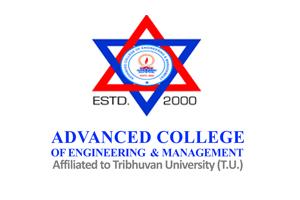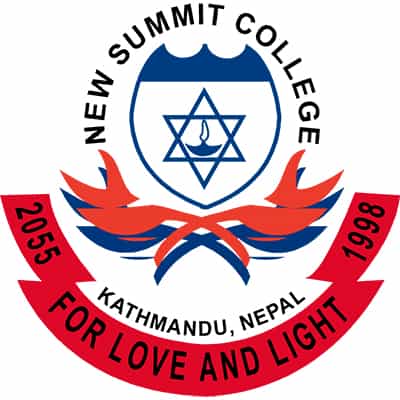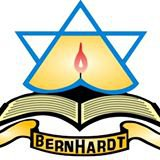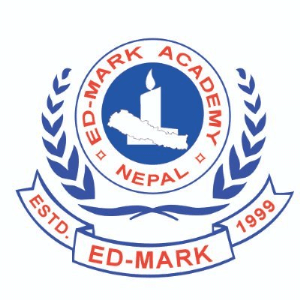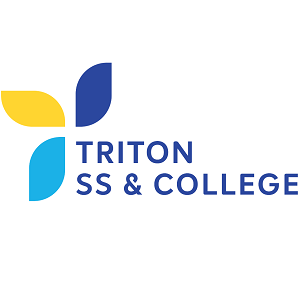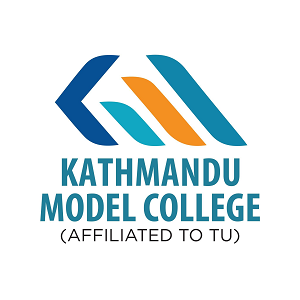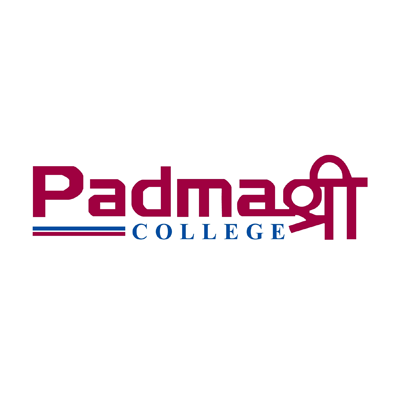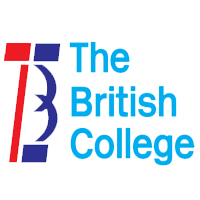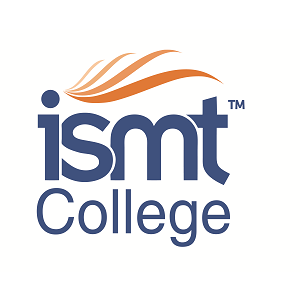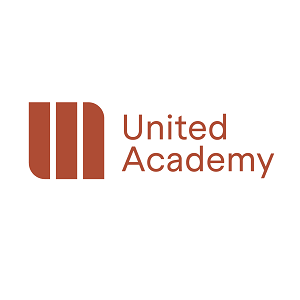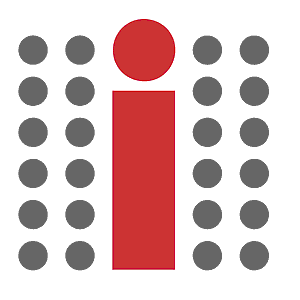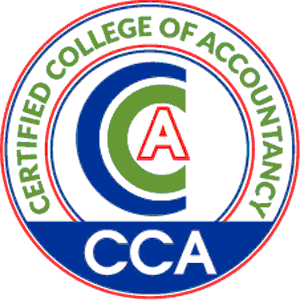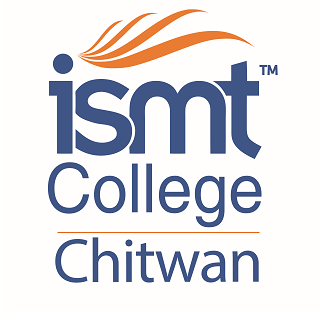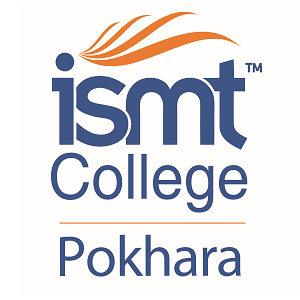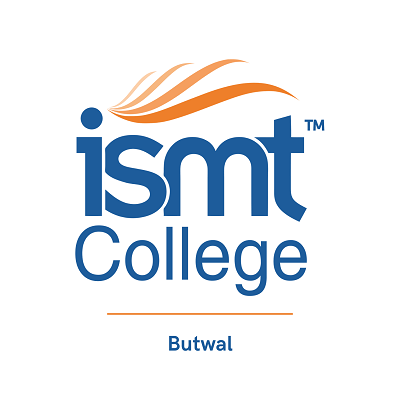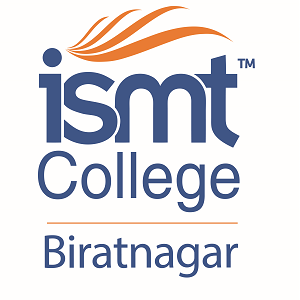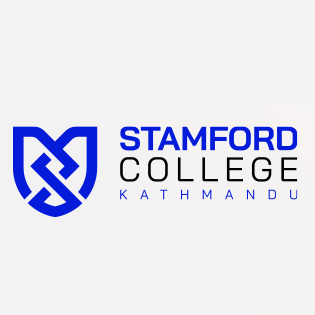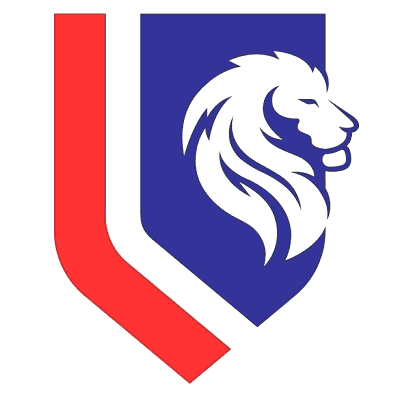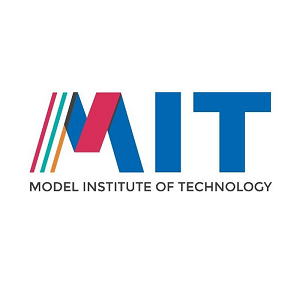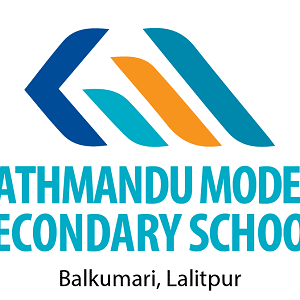Overview
Bachelor of Computer Application (BCA), NIST Higher Education, Lainchaur, Kathmandu
Bachelor of Computer Application (BCA) at NIST Higher Education, Lainchaur, Kathmandu, runs under Tribhuvan University, Faculty of Humanities and Social Sciences (FOHSS).
NIST conducts teaching and internal evaluations on the Lainchaur campus while FOHSS manages the university syllabus, semester cycle, and entrance registration. The institution follows TU rules on curriculum, examination, and credit completion. You learn through lectures, labs, projects, and reviews that link classroom concepts to tasks you will meet in entry-level IT roles.
Highlights
Program: BCA (Eight semesters; minimum 126 credits)
Affiliation: Tribhuvan University (FOHSS)
Campus Location: Lainchaur, Kathmandu
Delivery: Classroom instruction, supervised labs, project work, internal assessments, and TU examinations
Entrance: FOHSS BCA entrance as announced for the intake year
Student Focus: Practical coding skills, data handling, application building, and clear documentation
Curriculum Details
The BCA curriculum progresses over eight semesters and totals at least 126 credits. Each semester carries a fixed load of courses that build step by step. You start from foundations and move toward application development and project work.
Core areas covered:
-
Programming fundamentals, data structures, and algorithms
-
Database concepts, SQL practice, and data modeling
-
Web technologies, server-side scripting, and API basics
-
Operating systems, shell fundamentals, and process management
-
Computer networks, protocols, and basic network services
-
Software engineering concepts, requirement analysis, and testing
-
Discrete structures, statistics, and applied mathematics for computing
-
Electives that let you explore focus areas based on interest
-
Minor/major project with report, viva, and code submission
The curriculum links theory to hands-on activity. Lab sessions run alongside lecture topics so you can test concepts the same week you learn them. A final project requires a working application, proper documentation, and a presentation before an evaluation panel.
Objectives
Academic: Build a strong base in computing concepts set by FOHSS while meeting semester credit rules.
Technical: Help students write maintainable code, manage data safely, and follow version control and testing habits.
Professional: Encourage punctuality, teamwork, record-keeping, and ethical use of software and data.
Progression: Prepare a route for postgraduate study in IT or transition to entry-level roles in Nepal’s tech ecosystem.
Scope
Graduates start in software and service companies, banks, hospitals, media houses, and development projects that need junior developers and support staff. Kathmandu’s job market often lists roles for web development, mobile support, database reporting, and QA/testing. Many students also prepare for government or public-sector ICT posts by learning syllabus topics and practicing formal report writing.
Learning Outcomes
Students who complete the program should be able to:
-
Write, test, and debug programs in commonly used languages
-
Model data, build schemas, and write queries that answer real questions
-
Explain operating system and networking basics used in day-to-day work
-
Plan a small to mid-size application, allocate tasks, and meet deadlines
-
Produce clean documentation and maintain a versioned repository
-
Present findings, respond to review comments, and revise code responsibly
Skill Development Modules
Programming Practice: Weekly coding sets, lab check-ins, and iterative assignments
Data Handling: SQL joins, transactions, stored routines, and indexing basics
Web/Application: Front-end essentials, server logic, authentication, and REST endpoints
Systems: OS fundamentals, scripting, and simple network configuration tasks
Quality and Testing: Unit tests, bug reports, and basic automation where available
Project and Communication: Proposal writing, timeline planning, code reviews, and final demonstration
Teaching Methodology
Teaching runs on a routine that balances lectures and labs. Faculty explain core ideas, demonstrate code patterns, and assign tasks with clear rubrics. Students receive checkpoints for each unit—short quizzes, lab sign-offs, or code reviews—that keep progress steady and transparent. Project supervision happens in small groups to ensure timely feedback.
Assessment mix:
-
Internal: periodic tests, lab records, assignments, and project milestones
-
University: semester examinations conducted as per FOHSS rules
-
Project: code repository, report, viva, and demonstration before evaluators
Admission Requirements
Minimum Qualification: 10+2/PCL or equivalent from a recognized board.
Grade Thresholds: The university intake notice defines the final rule; recent sessions accept either D+ in each subject with CGPA 2.0 (earlier cohorts) or D in each subject with CGPA 1.8 (recent cohorts) or second division in legacy systems.
Entrance: FOHSS BCA entrance registration, admit card, and merit listing as per the official portal.
Documents: Application form, recent photographs, academic transcripts/mark sheets, character and migration certificates, identity document, and entrance proof.
Process overview:
-
Form Submission: Complete the online registration within the deadline.
-
Entrance: Sit for the faculty entrance as scheduled.
-
Merit and Offer: Check the merit list and follow campus instructions for admission.
-
Enrollment: Submit required documents and confirm seat within the stated time.
Career Opportunities
Entry roles:
-
Junior Software Developer
-
Web/App Developer
-
Database/Reporting Associate
-
QA/Test Associate
-
IT Support/Helpdesk
Growth paths:
-
Back-end or front-end specialization
-
DevOps support after extra training
-
Data analysis or BI reporting roles
-
Postgraduate study in IT or allied fields
Scholarships and Financial Aid
Merit Support: Institutions may publish tuition reductions for top scores as per session policy.
Need-Sensitive Measures: Some intakes announce limited support for students who meet set criteria.
Documentation: Keep scanned copies of mark sheets, entrance results, and identification ready for verification.
Advisory: Confirm current scholarship windows at the admission desk each intake.
Why Choose This Course?
University Structure: A clear 126-credit map over eight semesters gives you a steady path from basics to project work.
Practical Emphasis: Regular labs and a final project produce code samples suitable for interviews.
City Access: Lainchaur sits within reach of ICT employers, training centers, and certification hubs.
Transparent Rules: FOHSS publishes entrance, routine, and exam notices that keep the process accountable.
Conclusion
BCA at NIST Higher Education follows Tribhuvan University’s framework and keeps learning practical and accountable. Students gain coding habits, data handling practice, and structured project experience that translate to entry-level roles. Parents and guardians can review the semester cycle, entrance rules, and academic routines to plan support for fees, materials, and study time.
FAQ
Q1. How many credits does BCA include?
126 credits over eight semesters.
Q2. Who conducts the entrance?
FOHSS manages BCA entrance and issues intake notices.
Q3. What documents should I prepare?
Transcripts, character and migration certificates, identity proof, recent photos, and entrance proof.
Q4. What programming areas will I study?
Foundations, data structures, databases, web technologies, and software practices, followed by a project.
Q5. Can I apply for scholarships?
Scholarship notes appear per intake. Check current campus notices and prepare documents early.


